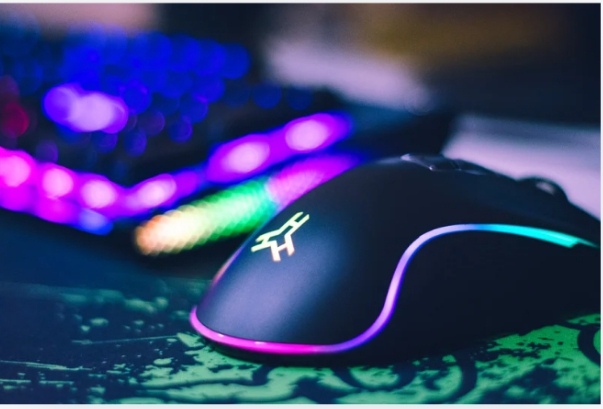Trello is considered one of the hottest and best tools created for organizing tasks and projects. The tool is mainly used by people and groups all over the world. It is very convenient and supports many features that would help people in different purposes. One of the features that some users may come across is a “locked Trello” board. What is “locked Trello?” How does it affect your job, why do people use it, and what should you do if you find it? Let’s discuss these questions in detail in subsequent sections of this article.
What Does “Locked Trello” Mean?
In Trello, the word “locked” refers to a board or card with restricted entry or limited permissions. When you say that the Trello board is locked, then it simply means that only some individuals can make changes to it. The board remains accessible to all members, but not all members can alter or add any information, this is useful for members because the team can protect vital information against accidental or unauthorized changes.
Why Would a Trello Board Be Locked?
There are various reasons why a Trello board needs to be locked. One major reason is the security of confidential or sensitive information. For example, after developing a new project, a Trello board would probably get locked with this motive to allow only authorized team members to make changes there and avoid mistakes or unwanted changes that may affect the situation at hand.
Another reason to lock a Trello board is that once a project is ready, the team might lock it so that no further changes are done on it. This ensures that the final version of the project is maintained without any changes.
How Does a Locked Trello Board Affect Your Work?
When working with a locked Trello board, some things need to be known:. First, you cannot alter the board; your ability to look at the information is limited. You see the tasks along with their dates and other information, but you won’t be able to alter anything, which can be frustrating when you need to alter something, but it helps maintain accurate and consistent information.
If permission is granted to modify a locked board, you will be able to add edits, but adding new members or changing the board’s visibility settings is limited. This is because access needs to be controlled for people who can view and change the board.
How to Lock or Unlock a Trello Board
Locking or unlocking a Trello board is pretty easy, but it is permitted only with certain permissions. But in case you happen to be the board admin or when you have been given the necessary permissions, it goes this way:
- Open the board that you wish to lock or unlock.
- Click the board menu (usually three dots), then “More” in the dropdown.
- Under the lock action, you’ll find “Lock Board” or “Unlock Board”. To flip the board’s status, just click on it.
If the board is locked, you’ll also have a special icon showing that it’s locked. This icon lets users know very quickly that the board has locked access.
What Do I Do with My Locked Trello Board?
If you come across a Trello board that is locked, the first step to be taken would be to reach out to the admin of the board. The board’s admin may let you edit the board, or he or she might be able to make the changes you need on your behalf. Naturally, you have to respect the rules and guidelines which team or organization set since they are usually protecting very important information that should not be openly available.
Advantages of Using Locked Trello Boards:
Locked boards find specific utility to a group of individuals. In a team setting, locked boards are ideal since they help ensure the integrity of your very important information is preserved. For this reason, unauthorized change cannot take place. These boards are very handy for delicate projects or one that contains sensitive data management. Locked boards keep track teams on track by putting attention on relevant updates only.
While locked boards can be referenced to a project, locking the boards of a completed project ensures that the last version is retained. Team members can go back and look at the board for review purposes since no changes will be made to it.
Conclusion:
In conclusion, “locked Trello” features an option that gives teams control over who can make changes in a board. It maintains secure information, finished projects, and keeps it organized. It may not let you edit the board, but there is a reason it locks things up to guarantee that the information is correct and consistent. If you encounter a locked Trello board, just ask the admin for access so you could do some editing. Generally, a locked Trello board is helpful in managing your projects efficiently.







